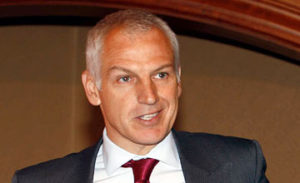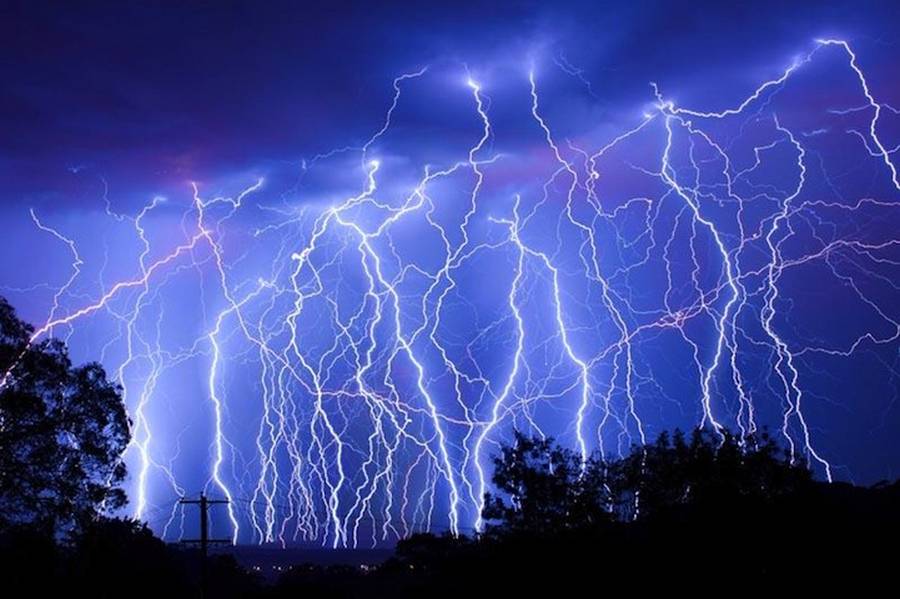An increasing trend for small field sizes in National Hunt racing is “arguably the biggest challenge facing racing, and in particular jump racing”, according to British Horseracing Authority chief executive Paul Bittar.
Bittar’s comments come in the wake of 14 of the 21 contests staged last weekend having to be reoffered at the final declaration stage, while this Saturday’s Grade One Long Walk Hurdle will have a maximum of just five runners if all the contenders stand their ground.
The issue of small field sizes was a priority for the BHA during the compilation of the 2015 Fixture List and race programme, and further measures may be taken to achieve long-term targets.
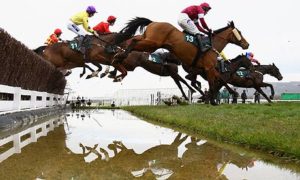 Outlining concerns, Bittar said: “The British racing public’s affinity for jump racing is clear and its popularity is undiminished. Attendances continue to be very strong for the feature meetings, as exemplified by the record crowds at this year’s Cheltenham Open meeting, while eight of the top 10 betting races so far in 2014 have been jump races.
Outlining concerns, Bittar said: “The British racing public’s affinity for jump racing is clear and its popularity is undiminished. Attendances continue to be very strong for the feature meetings, as exemplified by the record crowds at this year’s Cheltenham Open meeting, while eight of the top 10 betting races so far in 2014 have been jump races.
“However, we have made it very clear over the past months that arguably the biggest challenge facing racing, and in particular jump racing, is the issue of small-field races and the importance of competitiveness at all levels of the sport. We are well aware that field sizes and the number of races with sufficient numbers have been well below what we consider acceptable at this stage of this season.
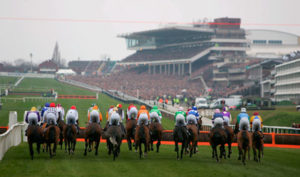 “This trend was predicted and is exactly why we have taken action to address it by introducing a range of robust measures, including the removal of around 100 jump races from the programme in 2015. There were some questions raised regarding this at the time but we hope now that the need for firm action is clear.
“This trend was predicted and is exactly why we have taken action to address it by introducing a range of robust measures, including the removal of around 100 jump races from the programme in 2015. There were some questions raised regarding this at the time but we hope now that the need for firm action is clear.
He went on: “Central to our ability to meet targets is the size of the horse population set against the number of races run. The industry’s strategy in recent years has been to expand the fixture list and race programme in order to optimise income, but it would be anomalous for this to continue when set against a flat or declining horse population.
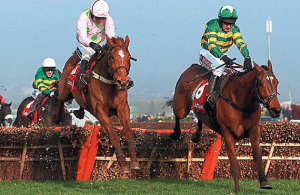 “The initiatives announced this year were based on a horse population which was showing signs of stabilising after a period of decline, however the further drop in the number of jump horses in training is clearly a concern.
“The initiatives announced this year were based on a horse population which was showing signs of stabilising after a period of decline, however the further drop in the number of jump horses in training is clearly a concern.
“It is fully recognised that addressing this issue will require a three dimensional approach that leads to the sport being a more attractive medium for investment. The progress we are making in terms of the future funding and prize money together with greater promotion of the sport will, no doubt, help contribute to an upturn in the horse population.
“Small-field and uncompetitive races are damaging for British racing. They are unattractive for punters as a betting medium, they undermine the credibility of the sport internationally, and crucially – in a factor sometimes overlooked – they create much greater threat of integrity issues.
“This may mean some pain in the short-term but the long-term goal is building a more secure future for British racing from both a sporting and commercial perspective.”
www.racinguk.com


